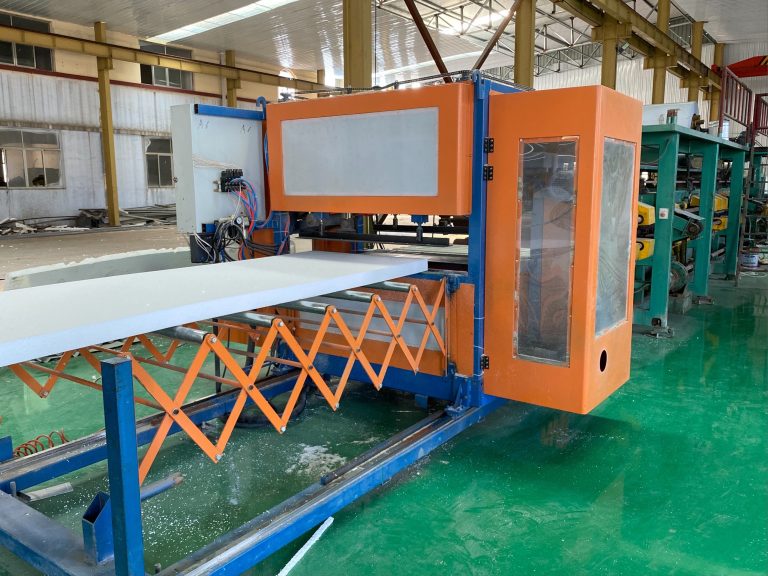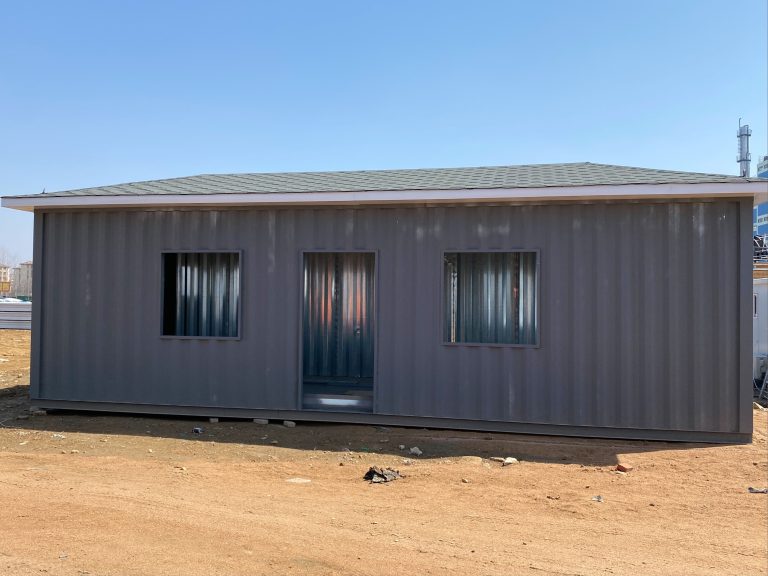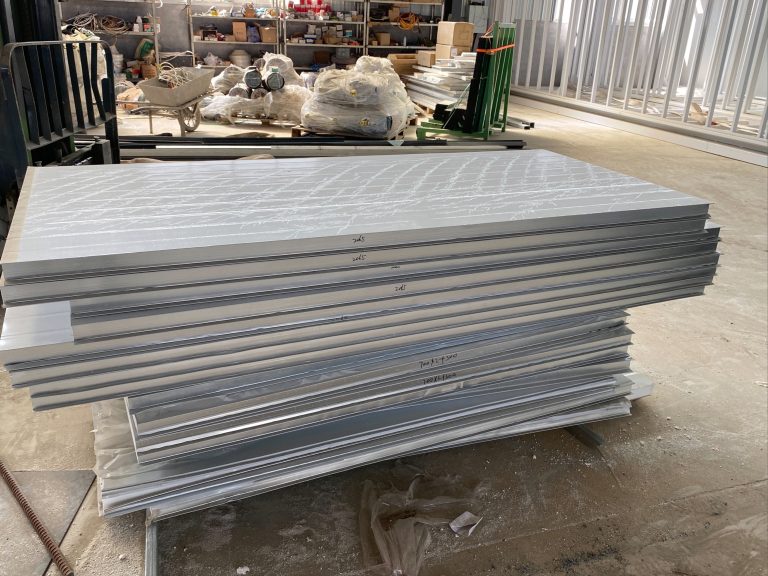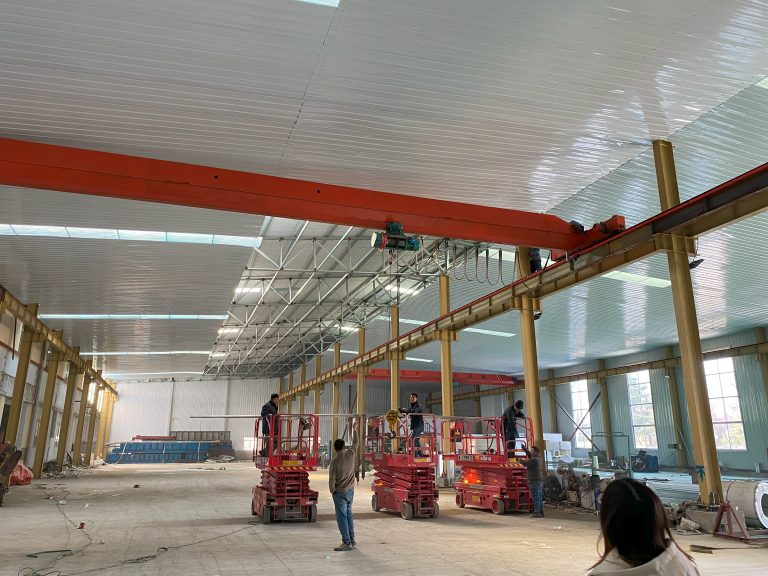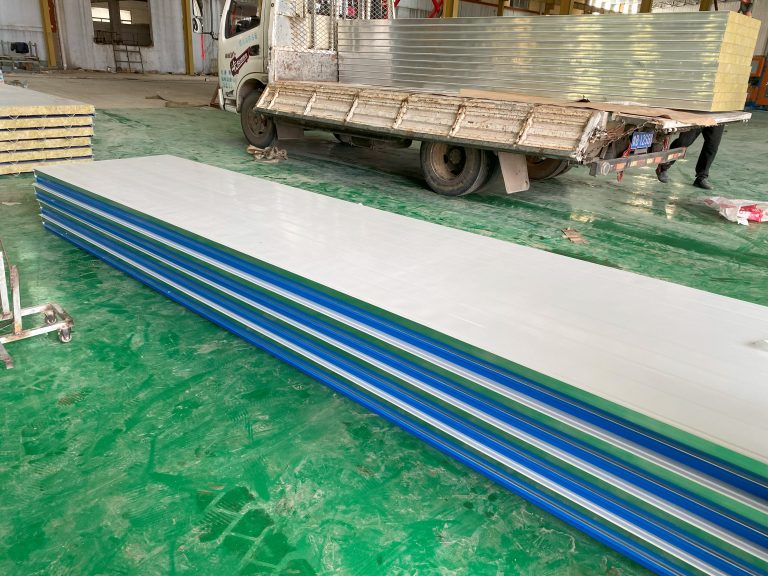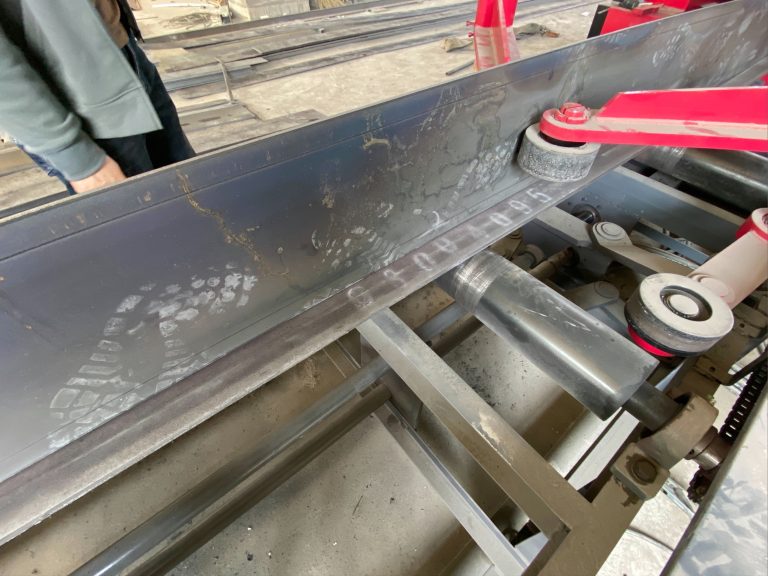How to save material cost and resource waste in the decoration of building lighting and sound insulation materials?
Table of Contents
Sustainable Alternatives for Building Lighting Materials
When it comes to decorating a building, one of the key considerations is the choice of lighting and sound insulation materials. Not only do these materials play a crucial role in creating the desired ambiance and atmosphere, but they also have a significant impact on the overall cost and environmental footprint of the project. In today’s world, where sustainability is becoming increasingly important, finding ways to save material cost and reduce resource waste in the decoration of building lighting and sound insulation materials is essential.
One of the most effective ways to save material cost and reduce resource waste in building decoration is to opt for sustainable alternatives. Sustainable materials are those that are environmentally friendly, socially responsible, and economically viable. By choosing sustainable lighting and sound insulation materials, you can not only reduce the environmental impact of your project but also save money in the long run.
One sustainable alternative for building lighting materials is LED lighting. LED lights are energy-efficient, long-lasting, and cost-effective. They consume less energy than traditional incandescent bulbs, which can result in significant savings on electricity bills. Additionally, LED lights do not contain harmful substances such as mercury, making them a safer and more environmentally friendly option. By choosing LED lighting for your building decoration, you can reduce material cost and resource waste while also contributing to a more sustainable future.

Another sustainable alternative for building lighting materials is natural light. Natural light not only provides a warm and inviting atmosphere but also helps to reduce the need for artificial lighting. By maximizing the use of natural light in your building design, you can lower energy consumption and decrease the environmental impact of your project. This can be achieved through the use of large windows, skylights, and light wells, which allow natural light to penetrate deep into the building interior.
In addition to sustainable lighting materials, choosing sustainable sound insulation materials is also important in saving material cost and reducing resource waste. One sustainable alternative for sound insulation is recycled materials. Recycled materials, such as recycled rubber, cork, and denim, can be used as sound-absorbing materials in walls, floors, and ceilings. Not only are these materials environmentally friendly, but they also provide excellent sound insulation properties, helping to create a quieter and more comfortable indoor environment.
Another sustainable alternative for sound insulation materials is natural fibers. Materials such as wool, cotton, and hemp can be used as sound-absorbing materials in building construction. These natural fibers are renewable, biodegradable, and non-toxic, making them a sustainable and eco-friendly choice for sound insulation. By incorporating natural fibers into your building design, you can reduce material cost and resource waste while also improving the acoustic performance of the space.
In conclusion, saving material cost and reducing resource waste in the decoration of building lighting and sound insulation materials is essential for creating a sustainable and environmentally friendly project. By choosing sustainable alternatives such as LED lighting, natural light, recycled materials, and natural fibers, you can lower the environmental impact of your project while also saving money in the long run. Making informed choices about the materials you use in your building decoration can have a significant impact on the overall sustainability of your project and contribute to a greener and more sustainable future.
Efficient Strategies for Sound Insulation in Building Decoration
When it comes to building decoration, one of the key considerations is the selection of lighting and sound insulation materials. Not only do these materials play a crucial role in creating a comfortable and aesthetically pleasing environment, but they also have a significant impact on the overall cost of the project and the amount of waste generated. In this article, we will explore some efficient strategies for saving material cost and reducing resource waste in the decoration of building lighting and sound insulation materials.
One of the most effective ways to save material cost and reduce waste in building decoration is to carefully plan and design the layout of lighting and sound insulation materials. By taking the time to assess the specific needs of the space and the desired aesthetic, designers can avoid over-ordering materials and minimize the amount of waste generated during installation. Additionally, by selecting high-quality, durable materials, designers can ensure that the materials will last longer and require less frequent replacement, further reducing costs and waste.
Another important strategy for saving material cost and reducing waste in building decoration is to consider the environmental impact of the materials being used. By selecting materials that are sustainably sourced and manufactured, designers can minimize the environmental footprint of the project and contribute to a more sustainable future. Additionally, by choosing materials that are recyclable or biodegradable, designers can ensure that the materials can be disposed of in an environmentally responsible manner at the end of their life cycle.
In addition to selecting sustainable materials, designers can also save material cost and reduce waste by incorporating energy-efficient lighting and sound insulation solutions into their designs. By choosing LED lighting fixtures and sound insulation materials with high thermal resistance, designers can reduce energy consumption and lower utility costs over time. Additionally, by selecting materials that are easy to install and maintain, designers can minimize the amount of waste generated during the installation and maintenance process.
One final strategy for saving material cost and reducing waste in building decoration is to work closely with suppliers and contractors to optimize the use of materials and minimize waste. By establishing clear communication channels and setting specific goals for material efficiency and waste reduction, designers can ensure that all parties involved in the project are working towards the same objectives. Additionally, by monitoring and tracking material usage throughout the project, designers can identify areas where waste can be minimized and costs can be reduced.
In conclusion, there are many efficient strategies that designers can employ to save material cost and reduce waste in the decoration of building lighting and sound insulation materials. By carefully planning and designing the layout of materials, selecting sustainable options, incorporating energy-efficient solutions, and working closely with suppliers and contractors, designers can create beautiful and environmentally responsible spaces that are cost-effective and sustainable in the long term. By implementing these strategies, designers can not only save money and reduce waste but also contribute to a more sustainable future for generations to come.

